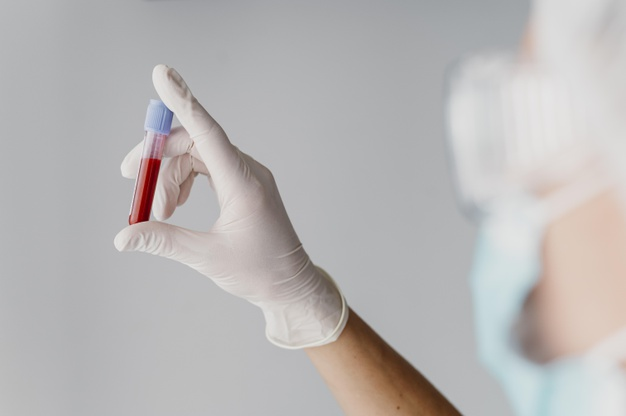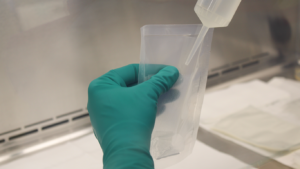There are so many things to prepare and consider when expecting a baby. How will you find the right pediatrician for your family? What stroller should you register for? What will be the color scheme of your baby’s nursery? But there’s still one thing you need to take into consideration: banking your baby’s cord blood.
This might be the first time you’ve ever heard of the term “cord blood banking.” But over the previous years, more and more parents are considering storing their child’s cord blood for future use. Provided below is a basic overview of cord blood banking: how it works, who it benefits, will it be beneficial for your family in the long run.
What Is Cord Blood?
Cord blood is blood that remains in a newborn’s umbilical cord. Cord blood can also be found in the placenta. While the baby no longer needs this blood, there are plenty of purposes for it. For one, this blood has hematopoietic stem cells that could help sick people in the future. These cells are still immature cells that may develop into different blood cells.
Hematopoietic stem cells are similar to those special blood-forming stem cells found in bone marrow transplants. When transplanted into a person’s body, this may help revitalize their immune system and ultimately save a life. A lot of the content in cord blood can help serve as a cure for individuals who need help under the right circumstances.
What Is Cord Blood Banking?
Cord blood collection is a safe process for both the person giving birth and the baby. During pregnancy, both parents may decide whether to have their newborn’s cord blood collected after giving birth or not. After it is administered, the blood is frozen and stored for future medical use. There are two banking options: private and public.
Private Cord Banks
If you wish to store the cord blood to help a family member in need, working with a private Cord blood bank is ideal. The company gives parents like you complete control over whatever happens to your baby’s cord blood. But that control may cost you a high price. It is best to do thorough research first on deciding which company to make deals with.
Public Cord Banks
If you plan on donating your baby’s cord blood, working with a public cord bank is a better decision. The procedure is free and has the most significant potential of saving many lives, covering every socioeconomic background. Public cord banks use some of the donated cord blood for research, thus advancing the present medicinal cure.
Cost
When donating to a public cord bank, you must pay zero fees. But some hospitals may charge you for blood collection after delivery. Meanwhile, storing in private cord banks may cost you around $1,500 to $3000. You also have to pay annual storage fees of about $100 to $300.
Procedure
When you decide on storing or donating your baby’s cord blood, you have to inform your healthcare provider after 28 weeks of pregnancy. You will need to meet your doctor’s health guidelines and start looking for hospitals that collect cord blood donations or look for private banks.
If you decide on donating to a public cord bank, there is a screening process you need to go through. The institution will check if you have any infections or disorders in the genetic, blood, or immune system. After delivery, the cord blood also needs to go through testing.
A healthcare professional will use a sterile needle to draw blood from the umbilical cord and placenta after the cord is cut. The bank will then store the cord blood in a clean, sealed bag. All of the procedures will only take around 10 minutes to finish.
After the cord blood is collected, it is then transferred to the bank. Personnel will give the blood an identifying number for easy tracking and matching. The cord blood is then placed in a liquid nitrogen freezer and stored until it is needed for transplant.
Benefits of Cord Blood Banking
• A person’s body has a lesser chance of rejecting stem cells from cord blood than bone marrow.
• Compared to a bone marrow transplant, the cord blood doesn’t need to match the recipient. More people can then receive stem cells from cord blood.
• Stem cells from cord blood can support a person’s immune system during chemotherapy and other cancer-related treatments. Stem cells from bone marrow don’t work this way.
• Cord blood collection poses no health-related threat to both the newborn and the person giving birth.
• Cord blood is easy and virtually painless when collected. Bone marrow collection is much more difficult and is more painful for a lot of patients.
• Cord blood is frozen and stored in cord banks, making it always ready for use in time of need.
• Donating cord blood is free.
Takeaway
Storing your baby’s cord blood is a very personal decision that parents like you need to think about carefully. Given the information above, whatever may be your choice is, rest assured that the whole collection procedure won’t affect your labor and delivery.




